Let Love Grow
Thank you for attending the wedding celebration of Kyle and Gavi in December 2017!
I’m Gavi’s cousin, Tina a.k.a. November, and the seeds are my gift to them. I especially love the Lemon-Lime Vine because of its flowers’ delightful and sweet fragrance. Because of this, it attracts many bees, and different kinds, too! As you know, bees are great pollinators, and I’ve experienced the miracle that bees do in the garden. Wonderful work! Also, these vines are planted near our bedroom, and waking up to the delightful fragrance of the flowers feels like entering Heaven’s Doors. (Over ba? Hahaha! But, you get the drift 🙂 )
What is the plant?
The plant is “Lemon-Lime Vine” or its scientific name, “Pereskia aculeata”. It originated in the Caribbean and South America, and escaped to Central America to Florida. They are propagated via seeds or cuttings. It belongs to the Cactus family.
The cuttings were given to us in 2012 by the parents of my brother-in-law. The Reyes couple (who must be celebrating their 50 years together this year) have this vine in their home, too. They recommended planting it by our perimeter wall to deter intruders. The vine has spikes!
The plant started blooming once in 2015, and the seeds came thereafter. It bloomed again once in 2016. By August 2017, it started blooming once a month.
Here are the pictures of the Lemon-Lime Vine.
Seed – The seeds are black and are 1/8 inch diameter. The seeds that you have now were harvested in November 2017 to ensure a high germination rate.
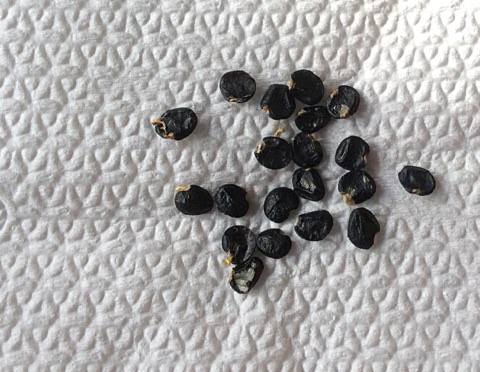
Seedling – This 5-inch tall seedling is around 2 months old from germination.
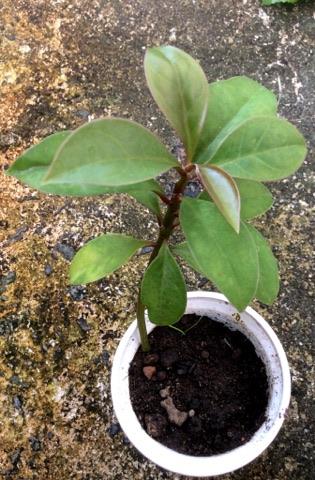
Stem – These young stems (green) are around 6 months old, while the bigger (brown) stem is around 1 year old.
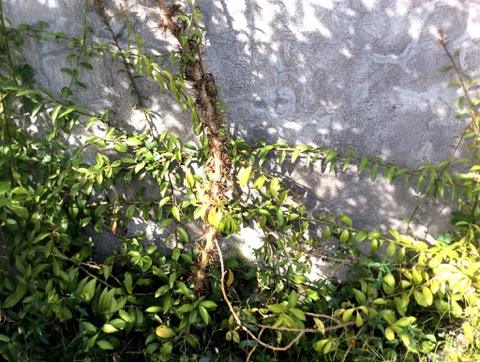
These stems are 5 years old, and all the vines originate from these.
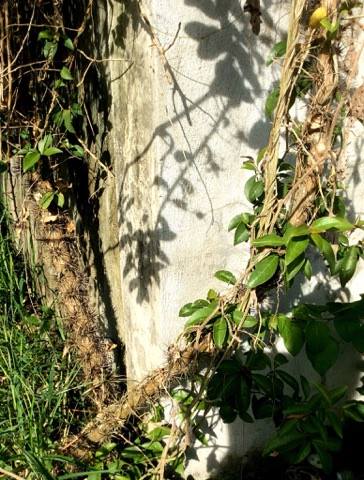
Flower – Last August 1, 2017, the Lemon-Lime Vine flowers bloomed profusely. It attracted many bees! The bees were:
This bee has blue wings and yellow front legs. Around 20-30 bees of this kind came.
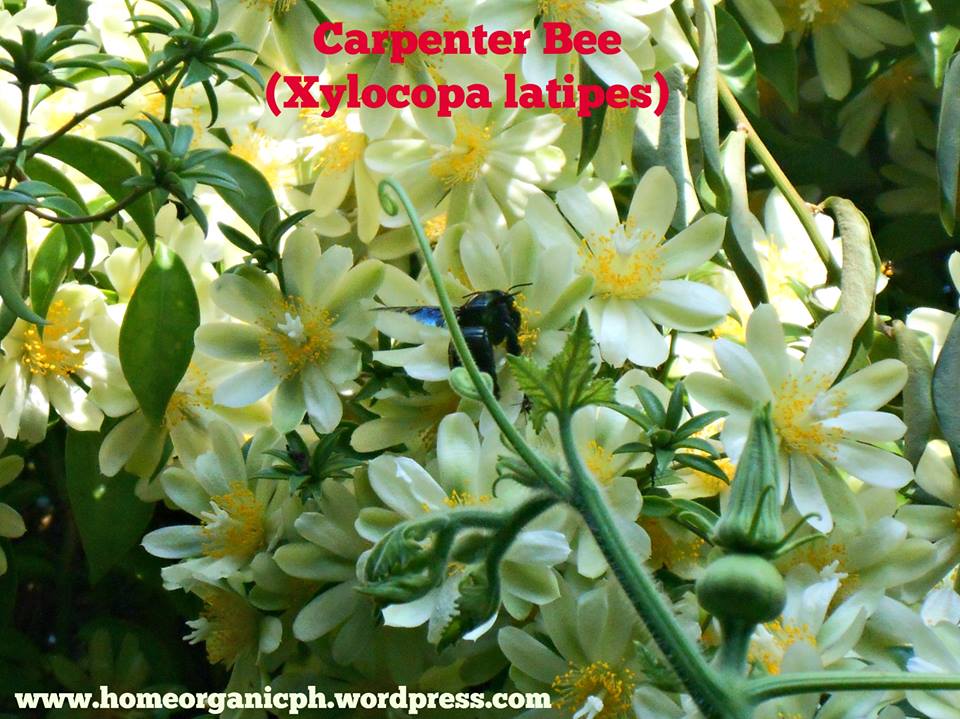
This bee has a brown upper body. Around 10-20 bees of this kind came.
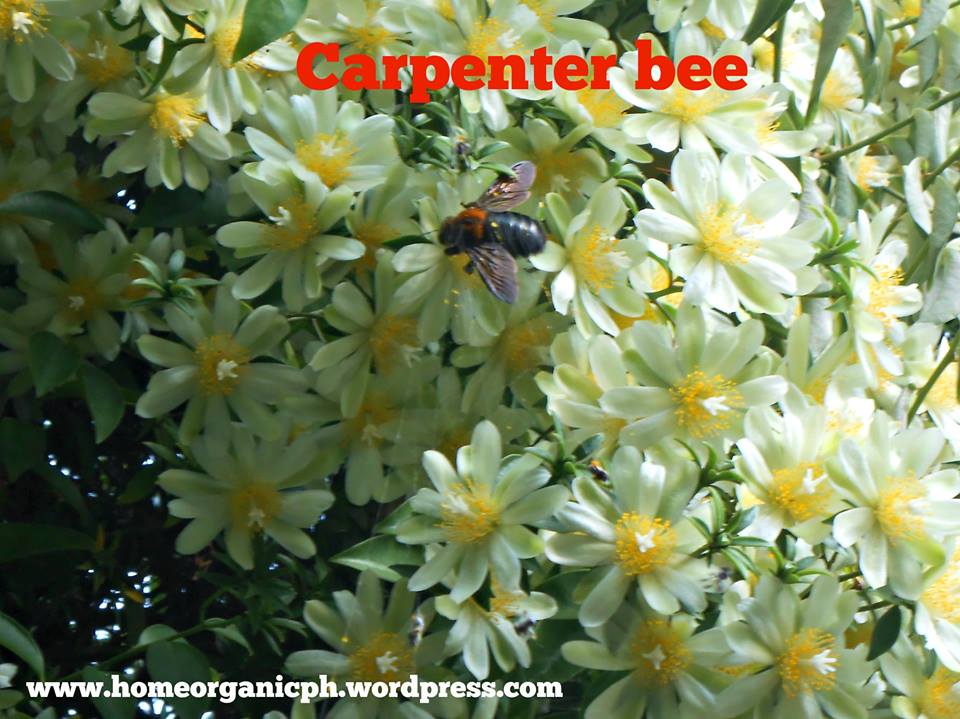
This is a very small bee, about 1/4 of n inch. There must be hundreds of them that came.
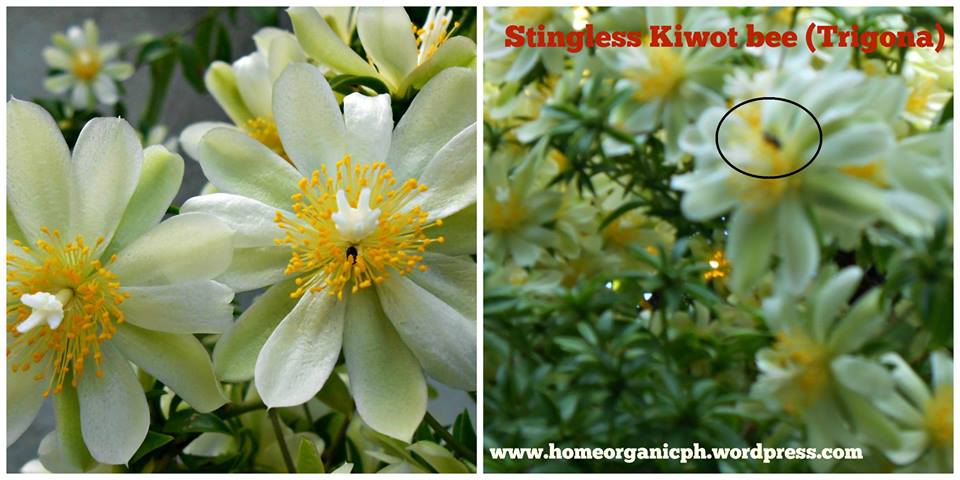
This bee is smaller than the Apis cerana, and it has shiny behind. Around 5 of these bees came.
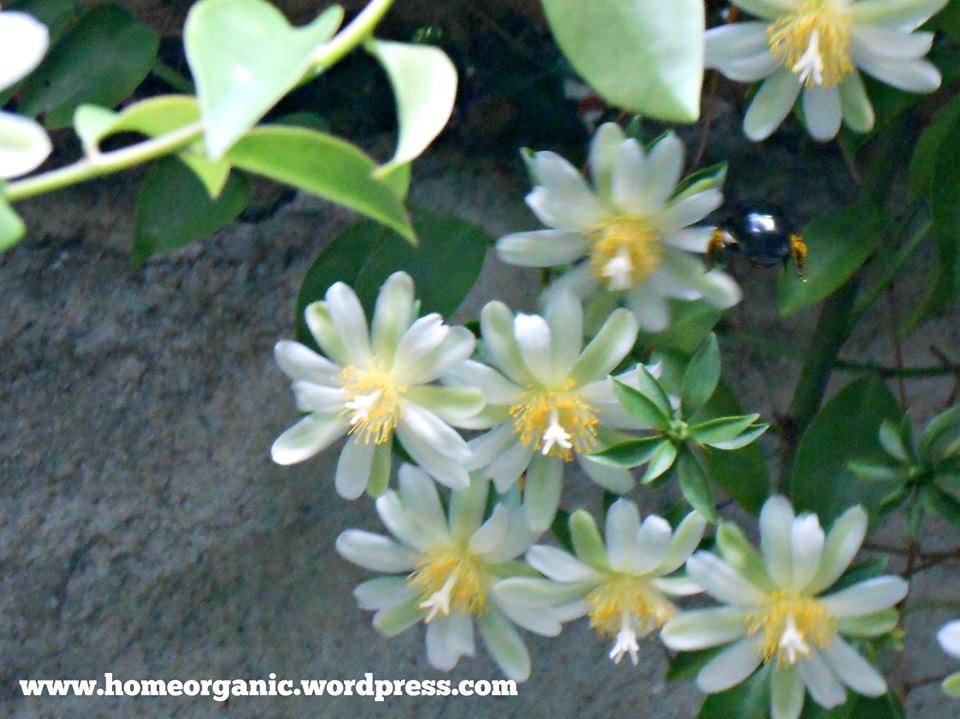
This bee had brown wings and upper body, and striped B&W lower body. It looks very lovely. Around 10 came.
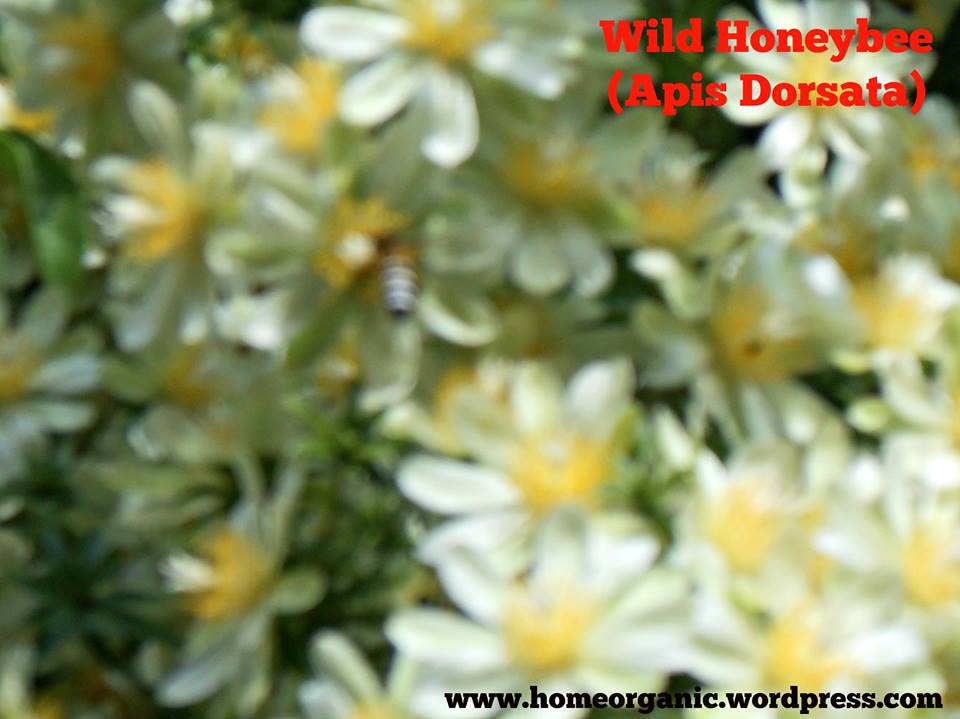
To give you an idea of the bee magic: My squash gave me 8 times more fruits because the bees pollinated them!

Fruit – I’ve tried eating the fruits, and neighbor kids also ate a lot of these, and we’re all OK. (LOL) The write-up says that these can be eaten fresh or preserved.
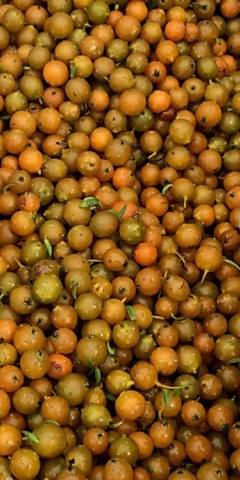
How did we prepare the seeds?
-
- The fruits were picked from the vine (each fruit contains 1-3 seeds, or we picked around 2,000 fruits!);
- The seeds were taken out from the fruit. One. By. One.;
- The seeds were air dried for 2 days;
- The seeds were packed in kraft paper (no plastic!) (each packet contains 30-60 seeds); and
- The seeds were sealed and packaged in custom-designed seed packet. (Thank you, Kyle, for collaborating with me on this!) The packet size is 1/4 of long bond paper.

How to plant and care for the Lemon Lime Vine?
Happily, the seeds/plants are very easy to grow. I call it “plant-and-forget”.
-
- Soil – Best soil is equal parts top soil, carbonized rice hull, and organic fertilizer (like vermicast or dried chicken/cow dung). If you don’t have any of those, top soil will do. Just sieve it so you only use the soft soil. Click here for more info on conditioning your soil.
-
- Planting – Make dents on the soil 1/2 to 1 inch deep using your forefinger. Place 1 seed, and cover it with soil. Lightly water it, and place in shaded area with half day sunlight.
-
- Water – Water only when needed, or around every after 2 days. Seeds might rot if over-watered. Also, remember that the Lemon Lime Vine belongs to the Cactus family, so please plant it in soil with good drainage (don’t plant it in water-logged areas).
-
- Container – You may plant this directly in the ground or in container. Pots which are 9-inch tall 12 inch diameter will do.
-
- Sunlight – Once the seeds have germinated, you may move the plant in full sun. It’s from the cactus family, and it definitely likes the sun.
- Care – The seeds will germinate in around 1 week. After this, it will practically grow with zero or very little care needed. This is a very low-maintenance plant. Only, the plant has spikes when it matures, so please plant it in areas by the wall or in areas where not many people pass. Also, since it is vine, please prepare a vertical support, like a wall or trellis.
Benefits of the Lemon-Lime Vine
-
- Lemon-Lime Vine is very easy to plant and grow, which makes it ideal for busy people to grow and to add greens in their home.
-
- The vine has spikes, hence, you can use it as a hedge in your garden. The spikes will definitely deter unwanted visitors, animals and humans alike. That’s 24/7 free guard for your home!
-
- The flowers are unbelievably fragrant! It will attract many bees in your garden. Once you have the bees, you will get lots of help pollinating your flowers, and in turn, the flowers will bear many fruits!
- The fruits can be eaten fresh or preserved. (I’ve eaten some, but I’ve not preserved them yet.)
- The leaves can be eaten, as reported. I’ve not tried this yet, though.
I believe this Lemon Lime Vine was given to my family, to Kyle and Gavi, and to you because of love (or affection). May the love that we all share in this family and community grow today and always.
Let love grow!
=====================================================================
P.S.
Please feel free to send a message in case you’d like us to prepare your seeds/plants wedding favors, and send love to humans and to the Earth!


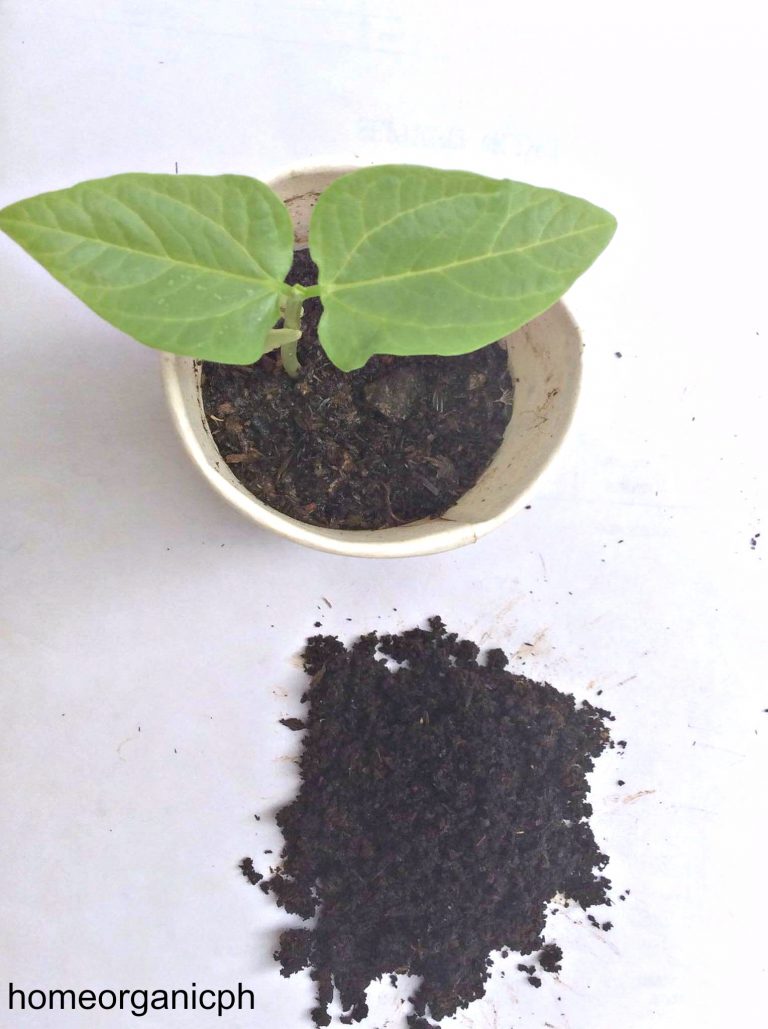
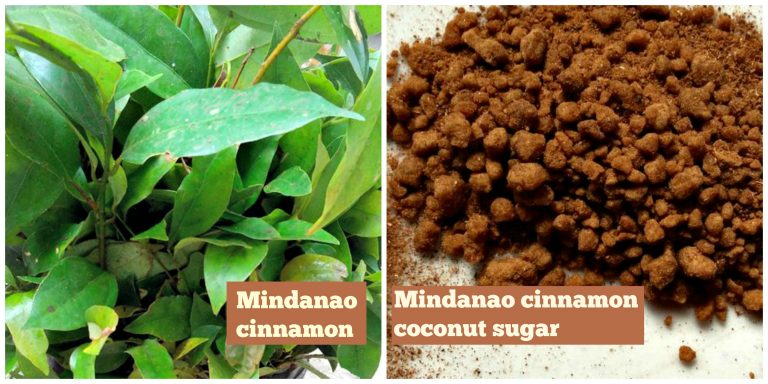
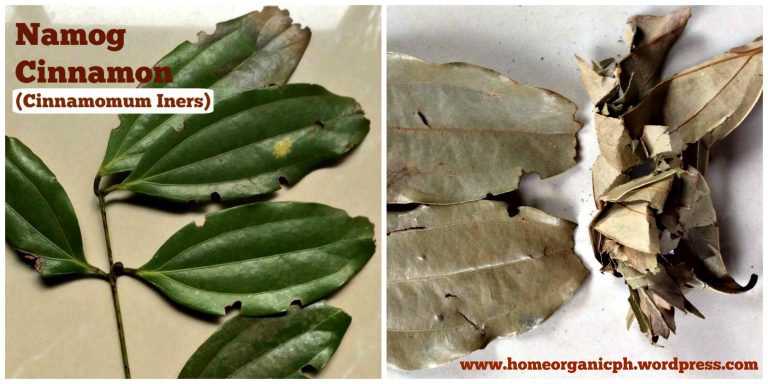

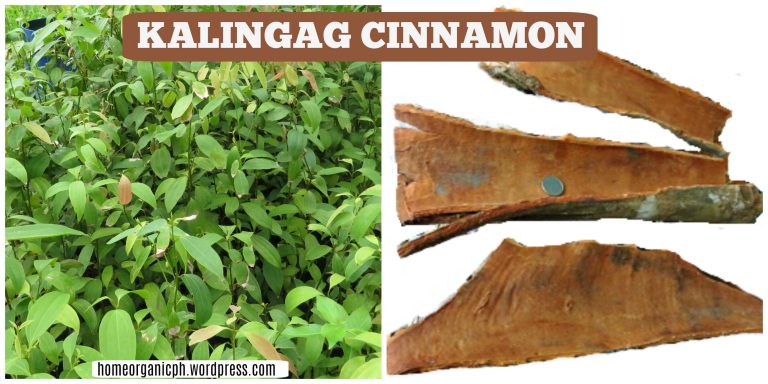


Great! I still need to learn a lot more about Tropical Climate Permaculture / Organic Growing, I think following your blog will be most useful, I often have loads of questions for Filipinos but often most of them generally don’t know as they don’t have much of an interest in growing things. I would really like to get hold of some seeds in the future so I will definitely keep in touch!
Thank you very much for the follow. Do feel free to ask me anytime. I’d be happy to share my learnings.
Cool thanks